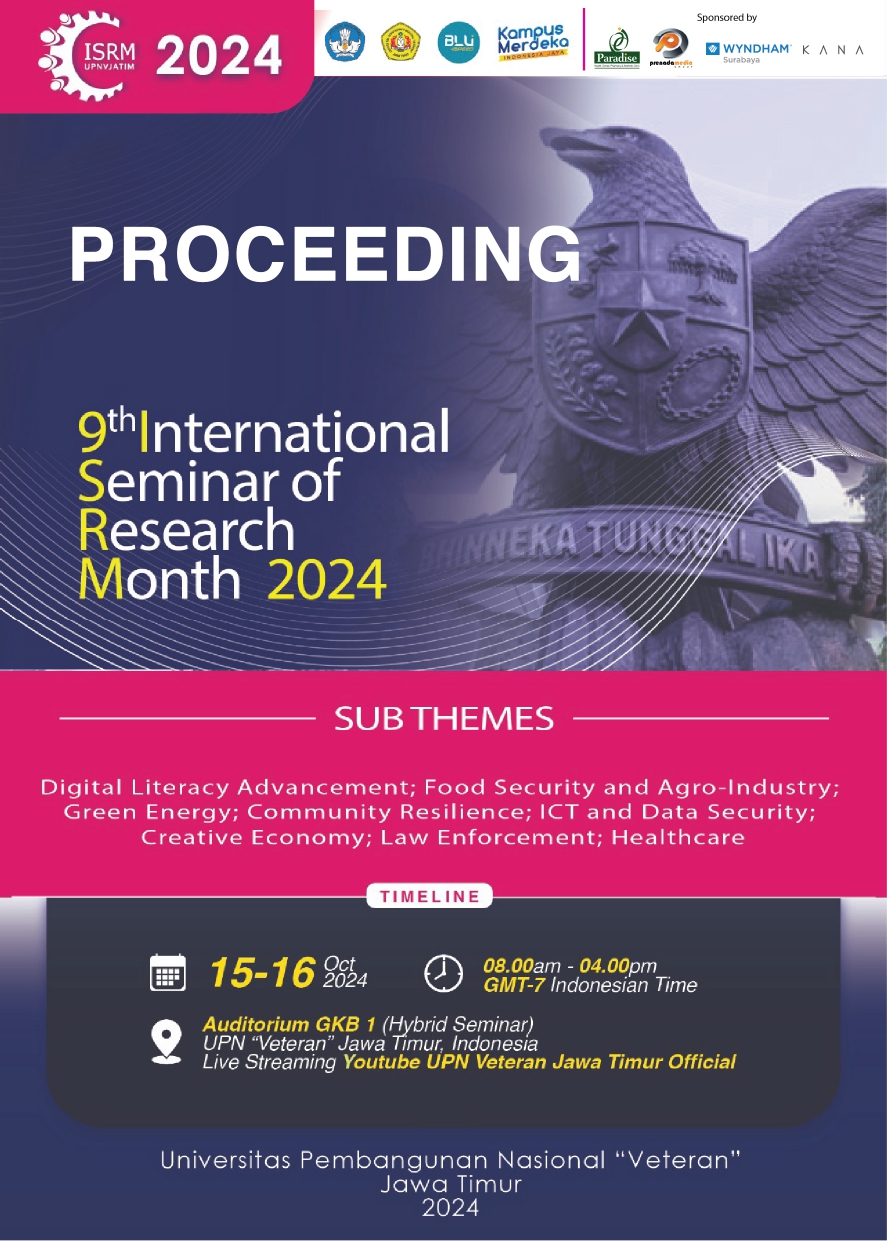Representation of Local Wisdom in the Language Structure of Street and Place Names in Bali Province
DOI:
https://doi.org/10.11594/nstp.2025.4775Keywords:
Local wisdom, street names, place names, language structure, Bali ProvinceAbstract
Naming a place or street is related to many aspects, including aspects of culture, thought, history, and education. Naming in anthropolinguistic studies is known as toponymy (naming). Toponymy is interesting to study in linguistic studies because the existence of toponymy related to places and streets can provide a historical story to the naming given. The reason is, that the name given comes from a culture and will produce stories and past history so that it can create layers of meaning. In the Sapir-Worf hypothesis, the use of language in toponymy can influence the way a person thinks and behaves. One of them is the use of language structure so that it can describe the perspective and thinking of the local community culture. The formulation of the problem in the study includes 1) how is the language structure of street toponymy in Bali Province and 2) how is the language structure of place toponymy in Bali Province. For this reason, this study aims to describe the language structure of streets and places in Bali Province. The benefits of this study can certainly explore the values of local wisdom reflected in the naming of streets and places in Bali Province and their relevance in the context of culture and education. The approaches used are linguistic anthropology, morphology, and semantics. The naming of areas in Bali Province certainly pays close attention to the values of local wisdom, which include natural phenomena, social interactions, places of interaction, and cultural heritage in the form of oral traditions. This study has the potential to contribute to the context of learning by integrating learning materials and can be the basis for the development of teaching materials in Bali Province.
Downloads
References
Anandakusuma, SR (1986). Genealogy of saints and great people in Bali. Kayu Mas.
Anholt, S. (2010). Places: Identity, image, and reputation. Macmillan.
Budiono S, FW (2022). Identity markers in naming administrative areas in Sanggau Regency. Indonesian Linguist, 40(2), 227–243.
Bunutin Village Website. (2017). Bunutin Village. Https://Bunutin.Desa.Id/.
Darta, IN (2024). Interview.
Denpasar City Government Website. (2021). The Most Balinese Hindus in Indonesia. Https://Link.Denpasarkota.Go.Id/2021/11/03/Pemeluk-Agama-Hindu-Balinese-Terbanyak-Di-Indonesia-Pada-Juni-2021-2/#.
Eli Rustinar, & Reni Kusmiarti. (2021). Language structure in street toponymy in Bengkulu City. Onoma Journal: Education, Language, and Literature, 7(1), 167–181. https://doi.org/10.30605/onoma .v7i1.615
Fitrawahyudi, F., & Fadli, I. (2021). Toponyms in Maros Regency (Focus: Application in Local Wisdom Education). Journal of Teacher Studies and Learning, 4(3), 684–691. https://doi.org/10.30605/jsgp.4.3.2021.1430
Gupte, R. S. (1980). Iconography of Hindus, Buddhists, and Jains. DB Taraporevala Sons.
Handayani & Subandia, I. M. (1998). Transliteration and Translation of the Text of Bancangah Arya Pinatih. Center for Language Development and Fostering, Department of Education and Culture.
Jaya, IKL (2024). Interviews. In Interview.
Naibaho, M., & Sinulingga, J. (2022). Toponymy of cultural sites in Sianjur Mula-Mula District: A study of tourism culture. Journal of Language Development and Linguistics, 1(2), 113–126. https://doi.org/10.55927/jldl.v1i2.1475
Paramadhyaksa, I. N. W. (2016). Philosophy and application of the padma flower concept in the realization of Traditional Balinese Architecture. Langkau Betang, 3(1), 28–42.
Radding, L., & W. J. (2010). Linguistics, geography and toponyms. The Geographical Review, 100 (3), 394–412.
Sidan Village Website. (2016). Sidan village area. Https://Www.Sidan-Gianyar.Desa.Id/Index.Php/Artikel/2016/8/26/Wilayah-Desa.
Sukawati Village Website. (2016). Sukawati Village. Https://Www.Sukawati.Desa.Id/Artikel/2016/8/26/Wilayah-Desa.
Suteja, IM Dharma., & Sumadi, IW Suca. (2019). Proceedings of “Balinese cultural values in the current global context”. Kepel Press: Bali Cultural Values Preservation Center.
Downloads
Published
Conference Proceedings Volume
Section
License

This work is licensed under a Creative Commons Attribution 4.0 International License.
Authors who publish with this proceedings agree to the following terms:
Authors retain copyright and grant the Nusantara Science and Technology Proceedings right of first publication with the work simultaneously licensed under a Creative Commons Attribution License that allows others to share the work with an acknowledgement of the work's authorship and initial publication in this proceeding.
Authors are able to enter into separate, additional contractual arrangements for the non-exclusive distribution of the proceedings published version of the work (e.g., post it to an institutional repository or publish it in a book), with an acknowledgement of its initial publication in this proceeding.
Authors are permitted and encouraged to post their work online (e.g., in institutional repositories or on their website) prior to and during the submission process, as it can lead to productive exchanges, as well as earlier and greater citation of published work (See the Effect of Open Access).










